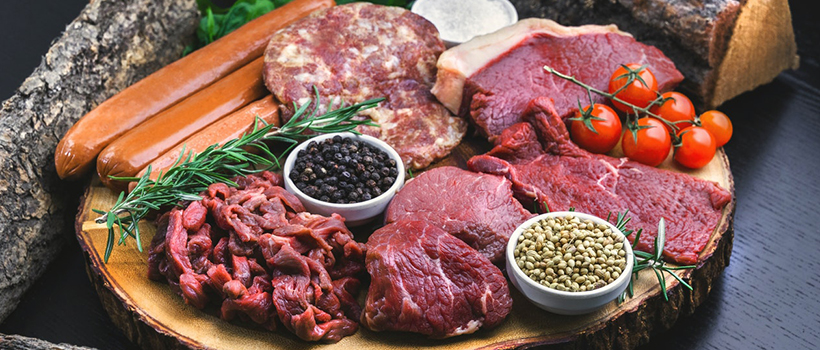
Meat testing – ensuring quality and safety
1 April 2022 | Louise Geary, FSC Group Manager
Testing of meat and meat products can be used to assess quality, safety, performance and compliance with prescribed standards, both external and internal, and legislation. When a quality assurance programme is developed, all the factors in the chain that affect meat quality must be identified, and control and validation methods established. Additionally, testing may be required to comply with accreditation schemes such as the BRC Global Standard, retailer standards and legislation.
A wide variety of tests can be used in the meat industry, from species testing for authenticity to the determination of nitrite levels in curing brines. Analytical testing may be required for labelling or compositional standards, but common to most meat business operations is the need to test meat for quality and safety.
Tenderness, toughness, springiness and firmness are all used to describe meat quality and these can be measured objectively. Shear force testing measures the firmness or toughness of meat, while compression testing enables a number of textural properties to be evaluated, including hardness, springiness and stickiness. Advice should be sought from experts in texture analysis so that the correct test is chosen to give the most meaningful results.
Product sensory evaluation is useful in NPD, competitor benchmarking, evaluation of shelf life, taint detection and routine quality control, and consumer testing is a good indicator of likely product acceptance.
Consumers associate meat colour with sensory properties and freshness, so it is important that it matches their expectations. However, meat colour is influenced by many factors, including pigment content, ante- and post-mortem conditions and the form and type of storage.
Physical measurements can provide important information about product quality. An important temperature measurement is the cooling rate of the carcase post-slaughter; if the muscle is cooled too quickly this may lead to ‘cold shortening’ and tough eating meat. Other key temperature control points are chilled and frozen meat storage, cutting rooms, operating temperatures of cookers, water baths and retorts and the heating and cooling profile of cooked, pasteurised or sterilised products.
The pH of meat is key in the conversion of muscle to meat. Variation in ultimate pH influences factors such as colour and the ability of the meat to retain water.
Aw (water activity) measurement is a useful predictor of growth of bacteria, yeasts and moulds. Aw testing is important in products which are made safe by lowering Aw to a value that will not allow pathogens to grow, like biltong, or where it is part of a series of hurdles for product safety.
With many parameters to consider for striking a balance between quality and safety, it can be difficult to know where to focus your attention. Advice should be sought from experts so that the correct tests are chosen to give the most meaningful results.
Meat analysis and testing support
We offer a comprehensive range of analytical services and training programmes to support the safety and quality of raw materials and semi-manufactured or finished products.
Are you a Campden BRI member who attends the MIG meetings?
- If not, you’re missing out on a whole host of exclusive benefits such as learning from industry-leading experts and networking with peers to overcome your challenges.
This blog was first published 12 October 2016 by Liz Mulvey and updated on 1 April 2022






